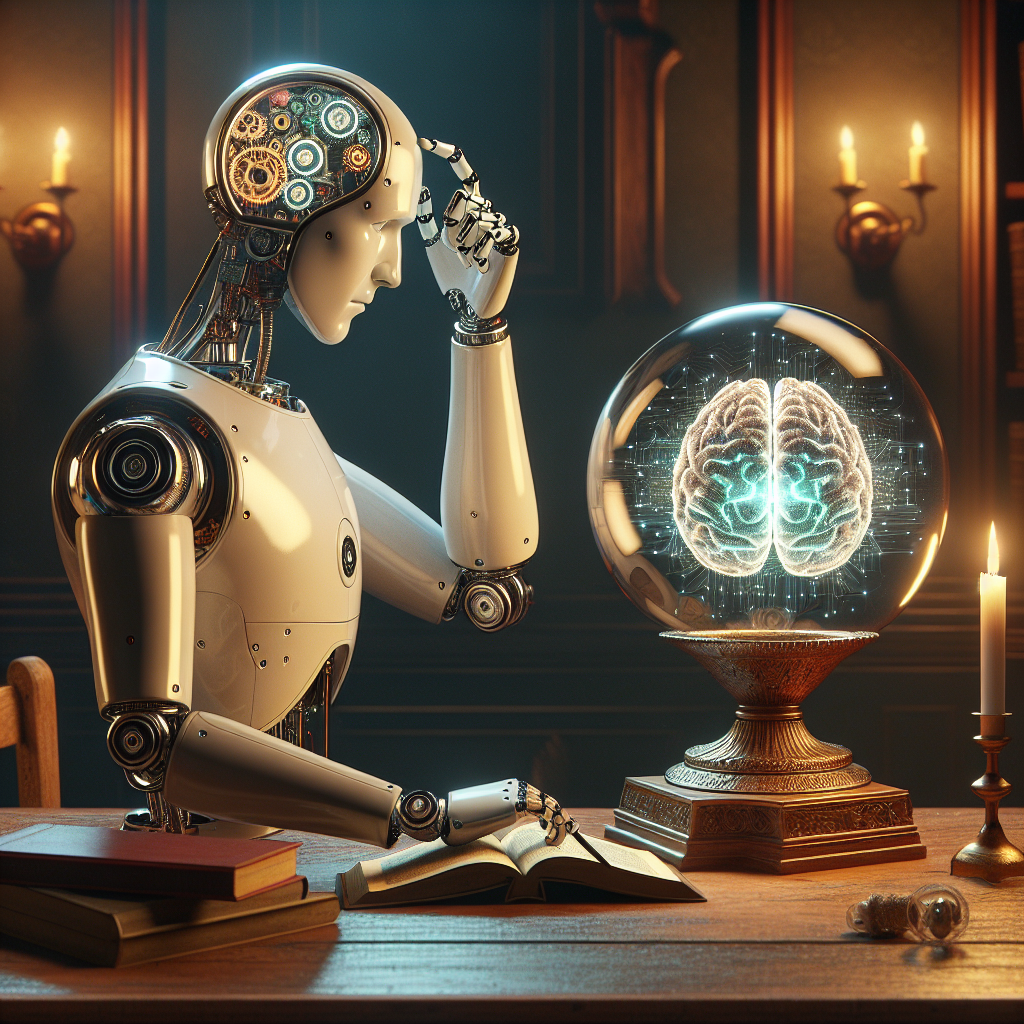Understanding the Gap Between Public Perception and AI Reality
In recent years, artificial intelligence (AI) has climbed from scientific novelty to cultural juggernaut. Everywhere we turn, we see smart assistants, generative tools like ChatGPT, and corporate leaders proclaiming that machines are becoming more intelligent—sometimes even hinting at a form of consciousness just waiting to emerge. But beneath this high-tech sheen lies a growing problem: artificial intelligence illiteracy—a widespread misunderstanding of what AI really is, what it can do, and what it fundamentally is not.
The Mirage of Machine Intelligence
At the heart of this conversation is a critical distinction that tech evangelists often blur: AI systems, particularly large language models (LLMs), do not think. Despite their impressive ability to mimic human language and produce convincing responses, these systems lack understanding, consciousness, and intention.
Large language models like GPT-4 or Claude are not “smart” in any human-recognizable way. They function by statistically associating words and phrases, predicting text based on patterns they’ve encountered in their training data. They don’t possess knowledge in the way humans do—built on experience, emotion, or reasoning. Instead, they are elaborate autocomplete machines.
Why This Misunderstanding Persists
The allure of AI as an omnipotent and mystifying force is not accidental. It’s nurtured by:
- Marketing from tech companies eager to raise capital, impress investors, and lead the conversation on the future of digital innovation.
- Vague language used to describe AI, like “learning” or “understanding,” which unintentionally (or intentionally) anthropomorphizes algorithms.
- Media portrayals of AI in fiction and film, priming the public to expect sentient, conscious machines.
This misrepresentation has led to a cultural and intellectual gap—a new form of illiteracy where a large portion of the population conflates language competence with intelligence and sentience.
The Risks of AI Illiteracy
AI illiteracy is not just semantic—it’s dangerous. When people don’t understand how these systems work, they’re more susceptible to misinformation, manipulation, and overreliance on automated tools. Specific risks include:
- Misplaced Trust: Treating AI-generated content as authoritative, even when it’s incorrect or fabricated.
- Policy Missteps: Governments and institutions may regulate AI under the faulty assumption that these systems are autonomous intelligences.
- Loss of Critical Thinking: Human input may be undervalued in favor of machine-driven conclusions, eroding traditional skills in writing, analysis, and judgment.
AI vs. Human Intelligence: A Crucial Difference
Understanding why AI is not “intelligent” involves revisiting what intelligence means in a human context. Human intelligence is rooted in:
- Reasoning: The ability to weigh options and consider abstract ideas.
- Emotion: Critical to decision-making and moral judgments.
- Contextual awareness: Understanding not just facts, but the relationships between them.
- Embodiment: Experiencing the world through physical interaction, which helps shape cognition.
AI has none of these attributes. It can replicate surface-level language and even rudimentary logic, but beneath the surface it’s devoid of intent and comprehension.
How to Cultivate AI Literacy
Instead of relying on oversimplified narratives, we must foster a better understanding of how modern AI systems work and what their limitations are. Educators, journalists, policymakers, and tech leaders must collaborate to raise public awareness through:
- Accessible education: Courses and content that explain AI in clear, accurate terms.
- Transparent AI design: Encouraging companies to share how models are trained and what data informs them.
- Critical media analysis: Pushing back against science fiction tropes that bias public perception.
Bridging the Knowledge Gap
Acknowledging the limits of AI isn’t a condemnation of technology—it’s the first step toward responsible and mature engagement with it. LLMs and other AI tools can be profound and transformative, but only if they are understood for what they are: powerful pattern-matching systems that need human oversight and ethical guidance.
A Call to Rethink AI Intelligence
It’s time we challenge the narrative that equates fluency with understanding, response with reasoning, and utility with intelligence. By confronting AI illiteracy head-on, we not only make ourselves savvier consumers and creators but also open the door to more ethical, transparent, and productive use of artificial intelligence.
As we continue to integrate these tools into every aspect of life—from healthcare to education to entertainment—remember: AI may speak fluent human, but it doesn’t know what it’s saying. The machine isn’t the mind—it’s just the mirror. And we owe it to ourselves to know the difference.



Leave a Reply